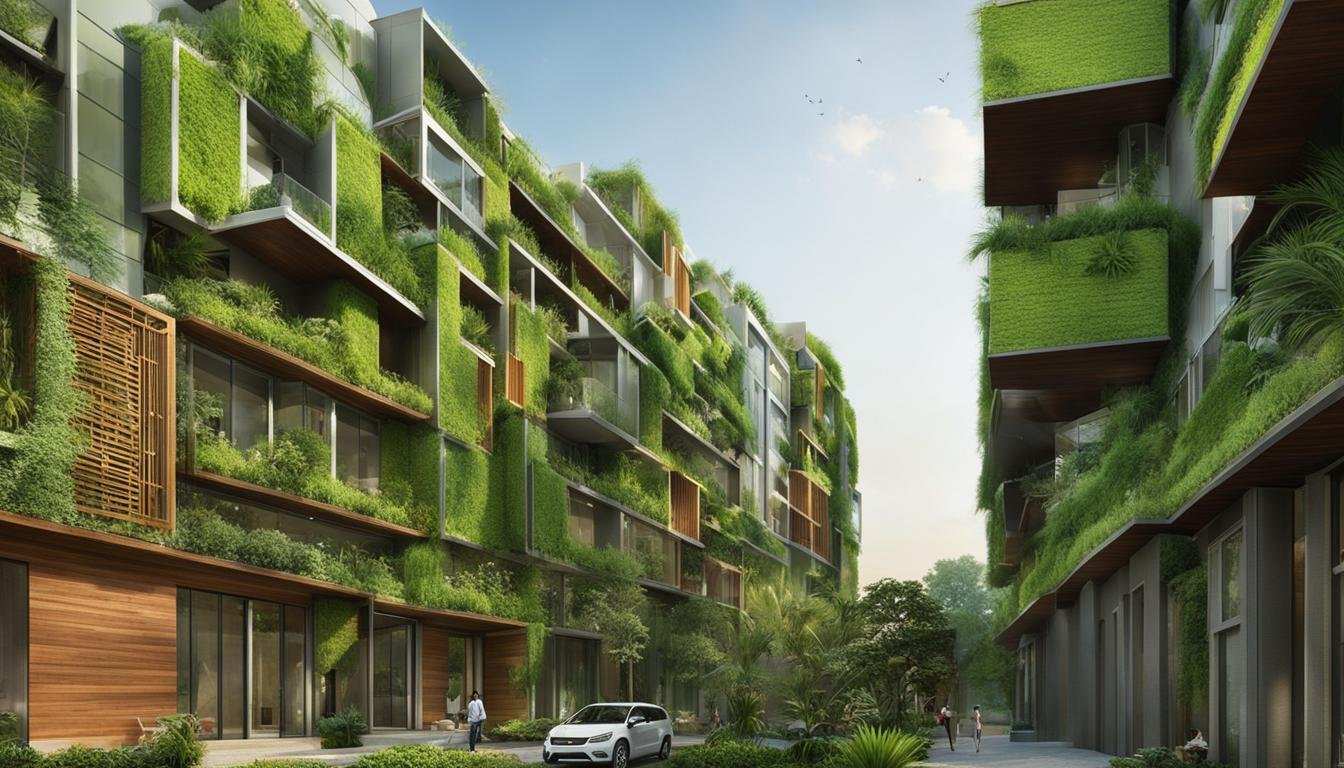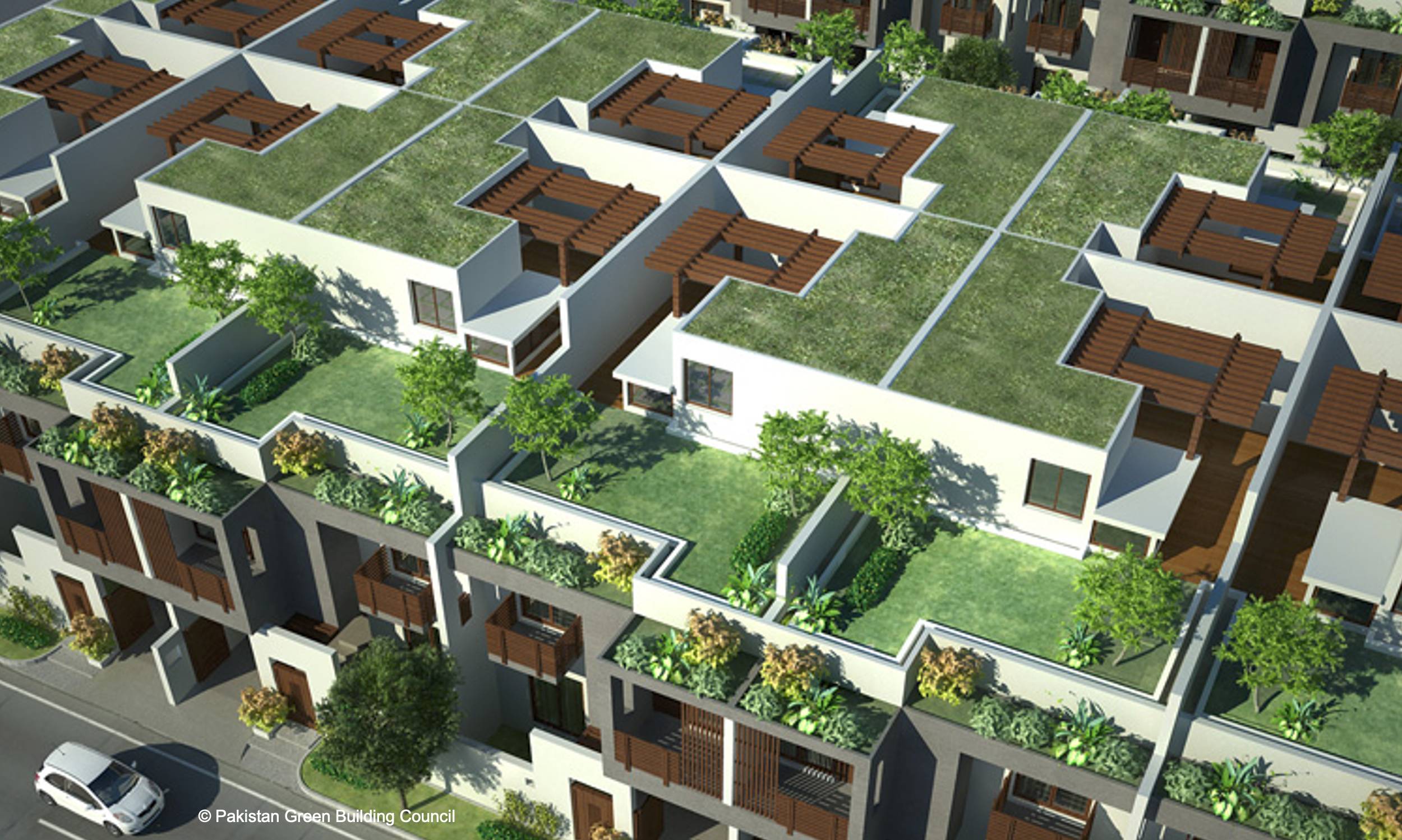A Review on Sustainable Building (Green Building)
The document titled “A Review on Sustainable Building” provides an in-depth analysis of sustainable building practices, emphasizing their significance in addressing environmental, economic, and social challenges. Here is a summary of the key points discussed in the review.
Introduction to Sustainable (Green) Building
Sustainable building refers to the practice of creating structures that are environmentally responsible and resource-efficient throughout their life cycle.
This encompasses design, construction, operation, maintenance, renovation, and demolition.
The review highlights that sustainable buildings minimize negative impacts on the environment while promoting the health and well-being of occupants.

Importance of Green Building
- Environmental Benefits: Sustainable buildings significantly reduce energy consumption and greenhouse gas emissions. They utilize resources more efficiently, leading to less waste and pollution. For instance, implementing energy-efficient systems can lower operational costs and reduce reliance on fossil fuels.
- Economic Advantages: While the initial investment in sustainable materials and technologies may be higher, they lead to long-term savings through reduced utility bills and maintenance costs. Moreover, sustainable buildings often have higher market values and attract tenants more easily due to their lower operational costs.
- Social Impact: Sustainable buildings promote healthier living environments. They often incorporate natural lighting, better air quality, and non-toxic materials that contribute to improved occupant health. This is particularly important in urban areas where pollution levels are high.
Key Components of Green Building Design
The review outlines several critical components essential for sustainable building design:
- Energy Efficiency: Incorporating renewable energy sources such as solar panels and wind turbines can significantly reduce a building’s carbon footprint.
- Water Conservation: Implementing systems for rainwater harvesting and greywater recycling helps mitigate water scarcity issues.
- Sustainable Materials: Using recycled or sustainably sourced materials reduces environmental impact.
- Indoor Environmental Quality: Ensuring proper ventilation and using low-emission materials contribute to healthier indoor environments.

Challenges in Implementing Sustainable Practices
Despite the clear benefits of sustainable building practices, several barriers hinder their widespread adoption:
- High Initial Costs: The upfront costs associated with sustainable materials and technologies can deter developers.
- Lack of Awareness: Many stakeholders lack knowledge about the benefits of sustainable practices.
- Regulatory Barriers: Inadequate policies or enforcement mechanisms can impede the implementation of sustainable building codes.
- Limited Access to Resources: There is often a shortage of skilled labor familiar with sustainable construction techniques.
Case Studies
The review presents various case studies illustrating successful sustainable building projects. These examples demonstrate innovative approaches to integrating sustainability into architecture:
- Aga Khan Hospital Expansion: This project showcases advanced seismic engineering alongside sustainable design principles to ensure operational continuity during earthquakes.
- Nestlé Pakistan’s Zero-Water Factory: This facility operates without municipal water supply by utilizing rainwater harvesting and wastewater recycling techniques.
Future Directions
The document emphasizes the need for a collaborative approach involving government, private sector, and communities to promote sustainable building practices. Recommendations include:
- Enhancing education and training for architects and builders on sustainability principles.
- Developing incentives for adopting green technologies.
- Strengthening regulatory frameworks to support sustainable construction.
Conclusion
In conclusion, the review asserts that sustainable or green building practices are essential for addressing Pakistan’s pressing environmental challenges while promoting economic growth and social well-being. By prioritizing sustainability in construction, Pakistan can create resilient infrastructure that meets the needs of its growing population while protecting its natural resources for future generations. The integration of sustainable practices not only benefits individual projects but also contributes to broader societal goals such as climate resilience and improved public health.
More reading: Housing Affordability from a Global Perspective a Comparison between Housing Demography in Australia and Germany
Sustainability and Green Building Practices
10 Green Building Construction Methods and Techniques | Fox Blocks
